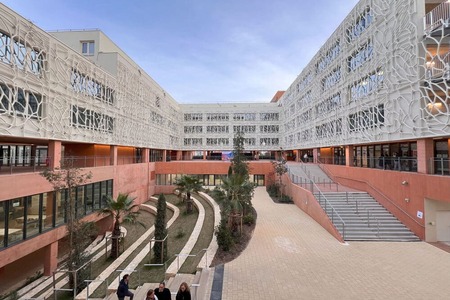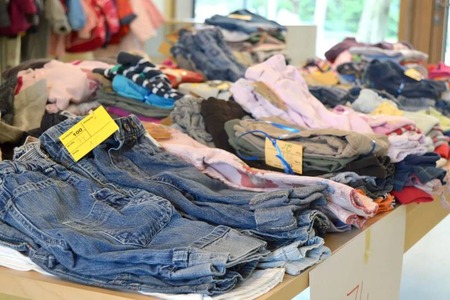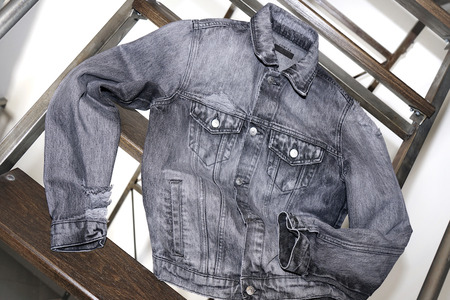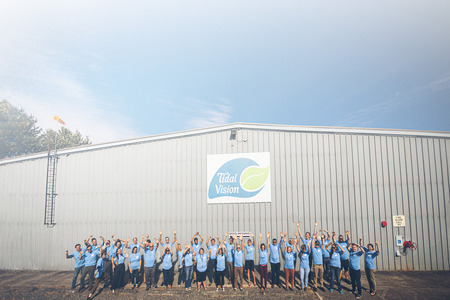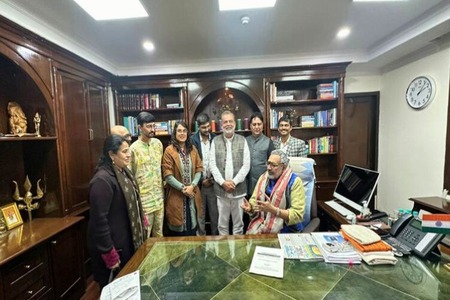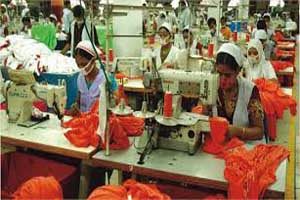
Bangladesh RMG sector need to fill gap of skilled manpower shortage
YarnsandFibers News Bureau 2015-10-25 12:00:00 – DhakaThe Bangladesh's readymade garments (RMG) sector besides, lack of investment in new machinery and technologies, according to industry sources is facing serious shortage of skilled workforce which is likely to slow down the upgradation and transformation of the garment industry necessary to meet the demand from the global clothing industry.
Such a shortage has emerged as a major constraint to realisation of the sector's true growth potential, in terms of productivity and production of high end apparels.
According to the Directorate of Textile (DoT), at present the country's apparel sector is facing the shortage of about 0.11 million skilled manpower, from floor to executive level.
The problem will turn more complex if the exporters fail to fill up the positions of highly skilled middle management officials and skilled workers needed in the sector.
According to a report prepared by the DoT, the gap might be as high as 182,000 by the year 2021 when the country's RMG sector is planned to hit US$ 50 billion export. There is a need for more vocational and technical institutes to create skilled and technically sound workforce to cater to the needs of the RMG sector.
The DoT prepared the report recently with information from the Bangladesh Garment Manufacturers and Exporters Association (BGMEA), the Bangladesh Knitwear Manufacturers and Exporters Association (KBMEA) and the Bangladesh Textile Mills Association (BTMA).
The apex bodies of the apparel sector informed the DoT about shortage of manpower and urged the government to take measures in this regard.
DoT director Md. Ismail said that they are not being able to produce enough skilled manpower to keep pace with demands from the apparel sector. However, the government has already undertaken a plan to set up at least two dozen textile engineering colleges and vocational institutes to meet the shortage of textile engineers and technologists in the country.
At present, the low educational level of workers is contributing to inefficiency in the garment factories.
According to industry sources, currently there exists a 25 percent shortage of skilled workers in Bangladesh's RMG industry. The majority of workers receive on the job training only at the basic level or in regional basic sewing schools, as vocational training institutions for garments do not exist.
As per the experts, the sector will require an additional 0.20 million skilled workforce. Due to shortage, a large number of expatriates are now working in the mid-management and higher positions in the garment industry.
At present, about 20,000 foreign nationals mainly from India and Sri Lanka are working in the country's RMG sector at various managerial posts ranging from mid-level management to top level executives, said BGMEA President Siddiqur Rahman.
Bangladesh supplies mainly basic low- cost garments with low value addition. The high-end market niches, which demand high value addition and high quality, are still beyond the reach of the RMG manufacturers.
The BGMEA president, however, said that a good number of factories are already producing high-end apparel items.
The potential for RMG sector can only be realised if the challenges in infrastructure, compliance, suppliers' performance and workforce supply, raw materials, and political stability are tackled. To achieve the target, the sector needs at least 17 percent export growth. But the last fiscal's growth was only 4 percent and the last three months' RMG export growth was also negligible, said CPD Additional Research Director Dr Khondaker Golam Moazzem.
BGMEA Senior Vice President of BGMEA Faruque Hassan also identified lack of skilled manpower, inadequate investment and underdeveloped infrastructure as major roadblocks to the upgradation and transformation of the apparel industry.
Bangladesh mainly produces five products - T-shirts, sweaters, trousers, men's and women's shirts. Moreover, the country is dependent mainly on two markets namely the EU, the US and Canada. To reduce their dependency on these two markets, they need to diversify destinations of their apparel export and concentrate on high-end products like suits, lingerie, etc more for sustained growth of their apparel industry.
The country has targeted to earn US$ 50 billion from garment exports by the year 2021.
Market Intelligence
Ask for free sample Report

experience
Customer Base
dedicated team
Countries Served Worldwide



